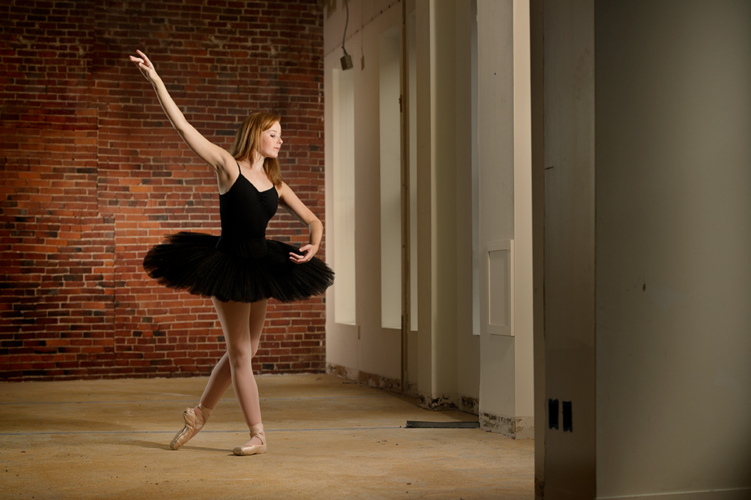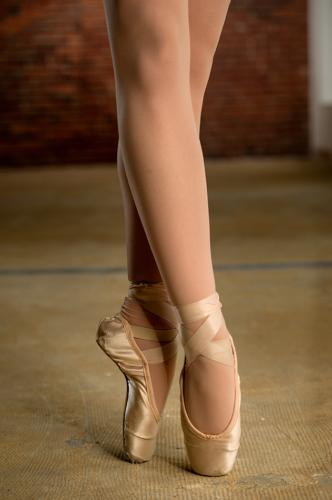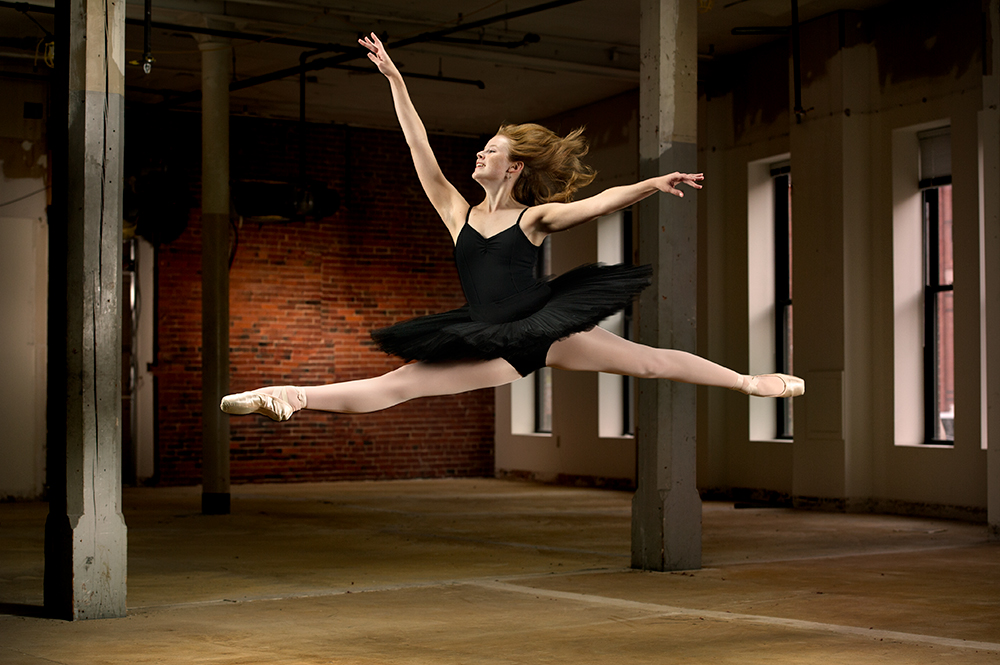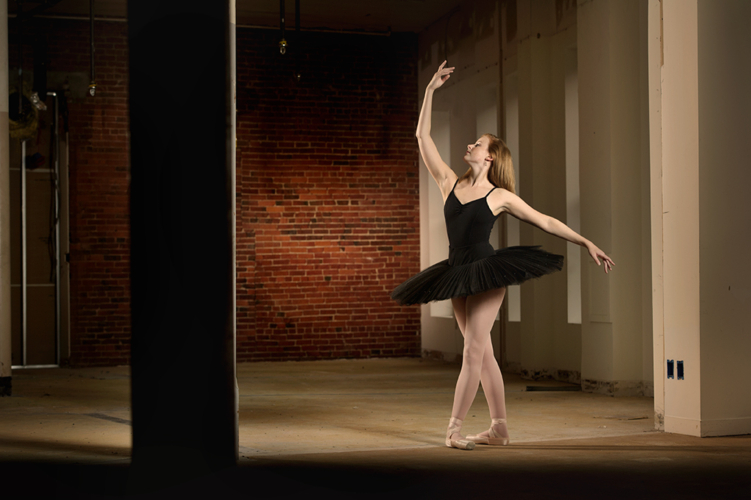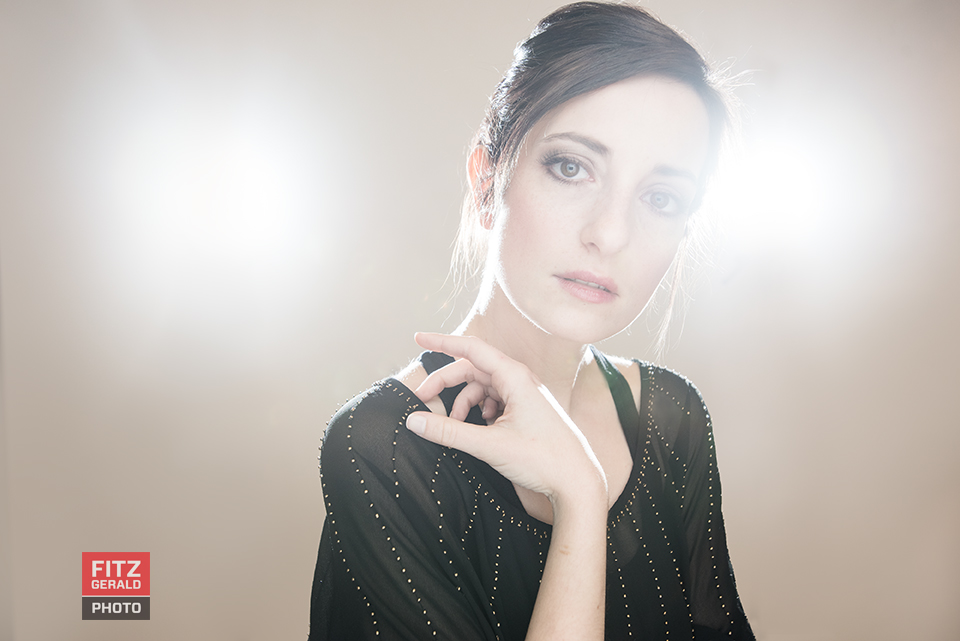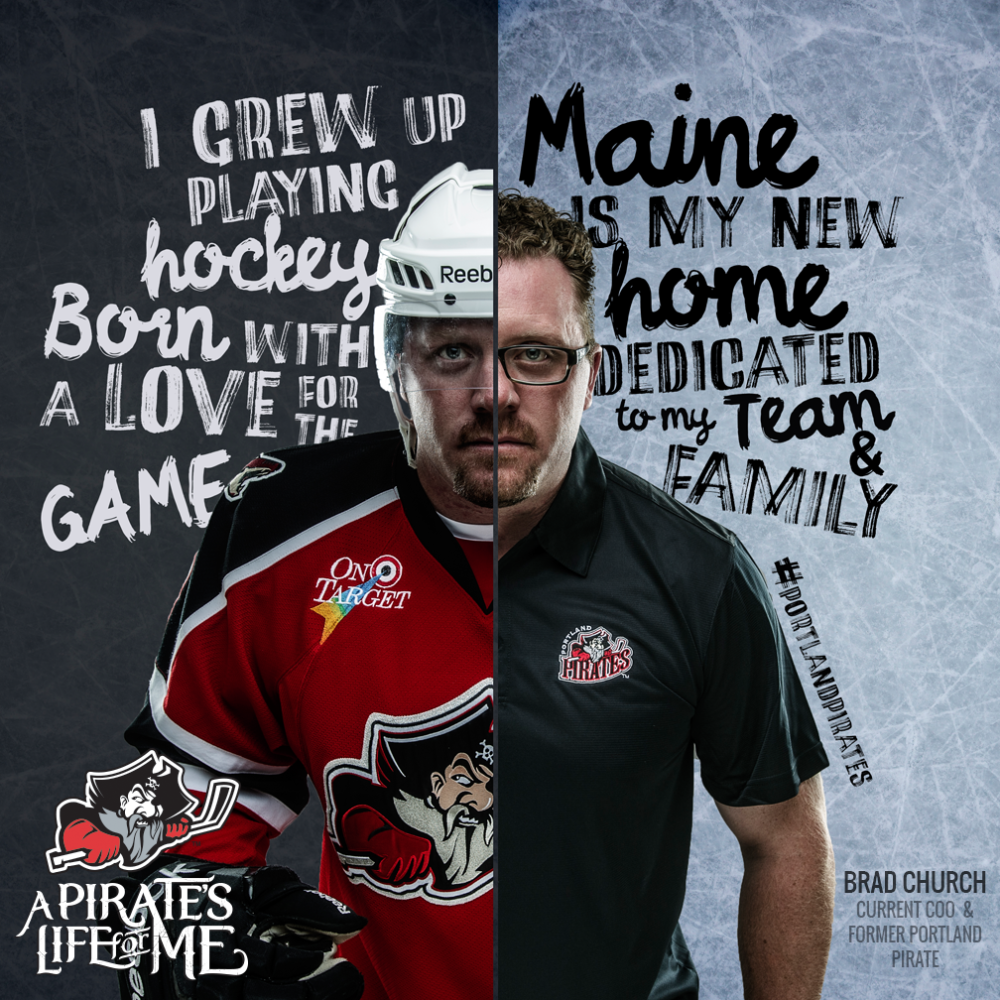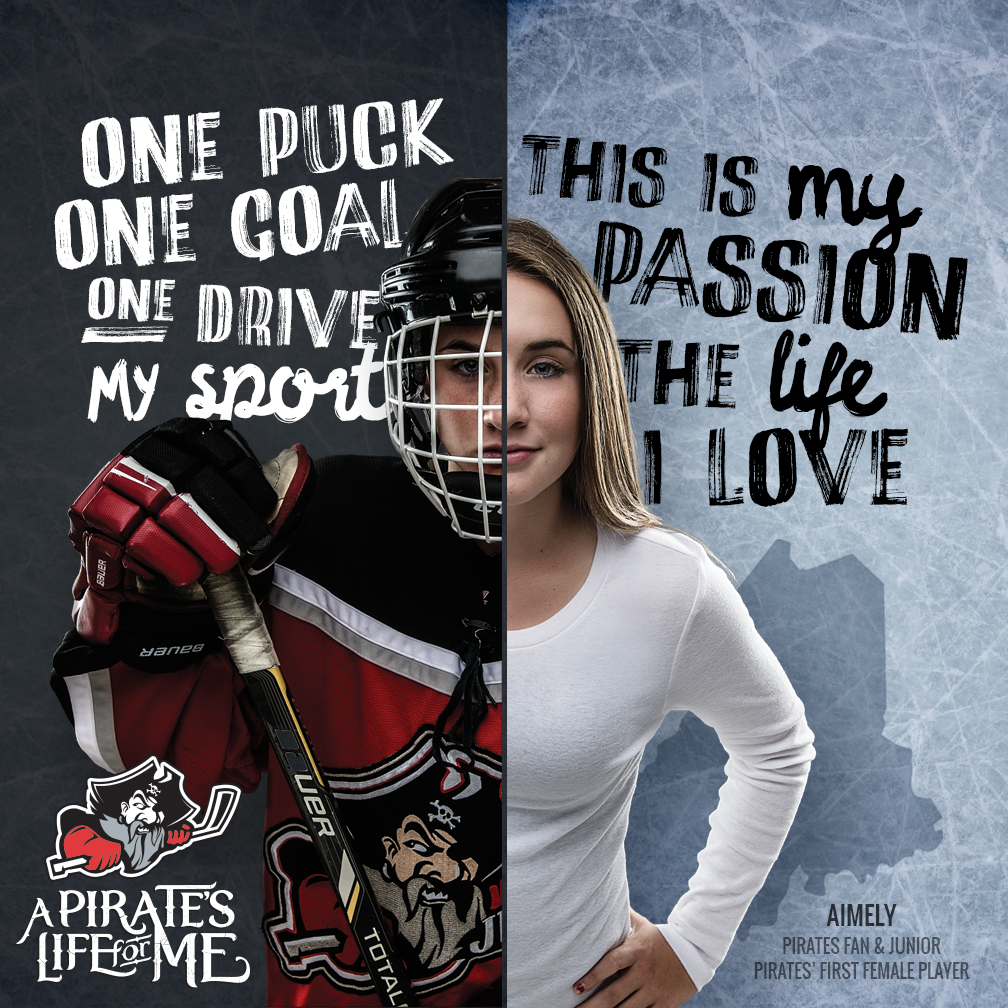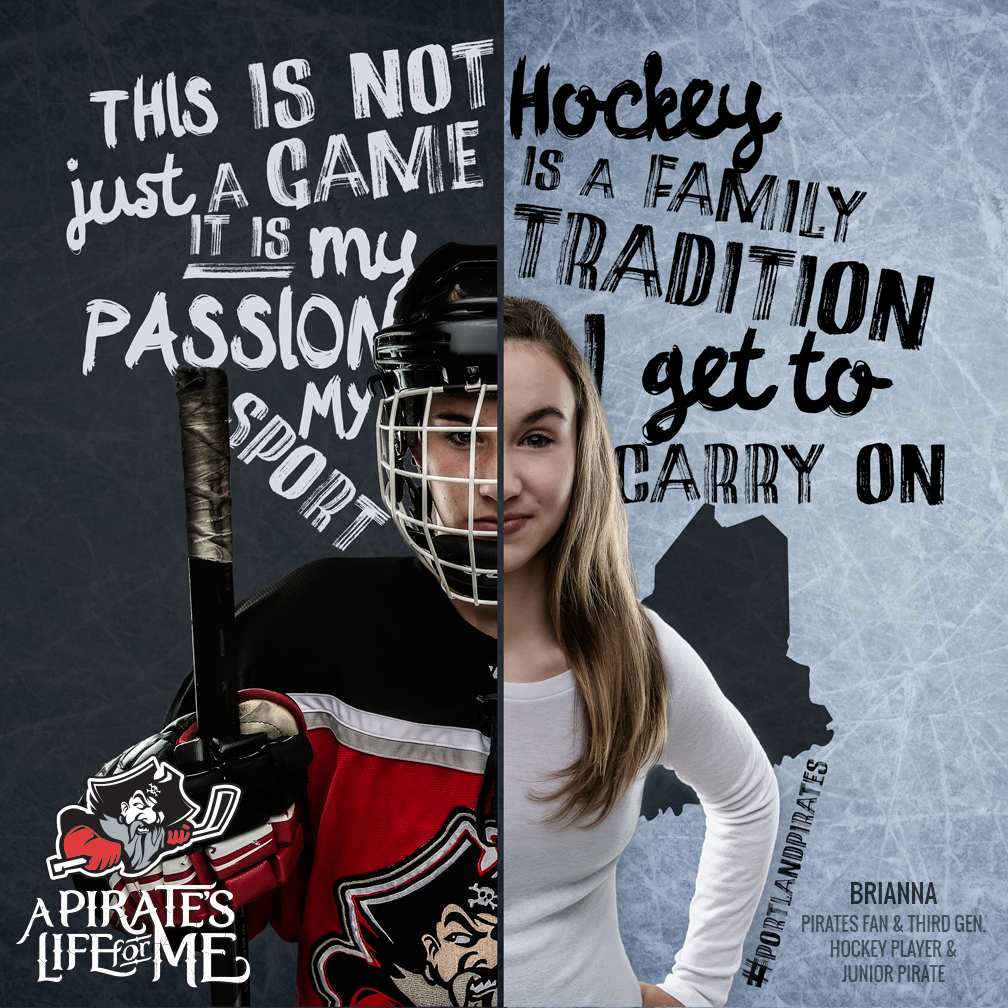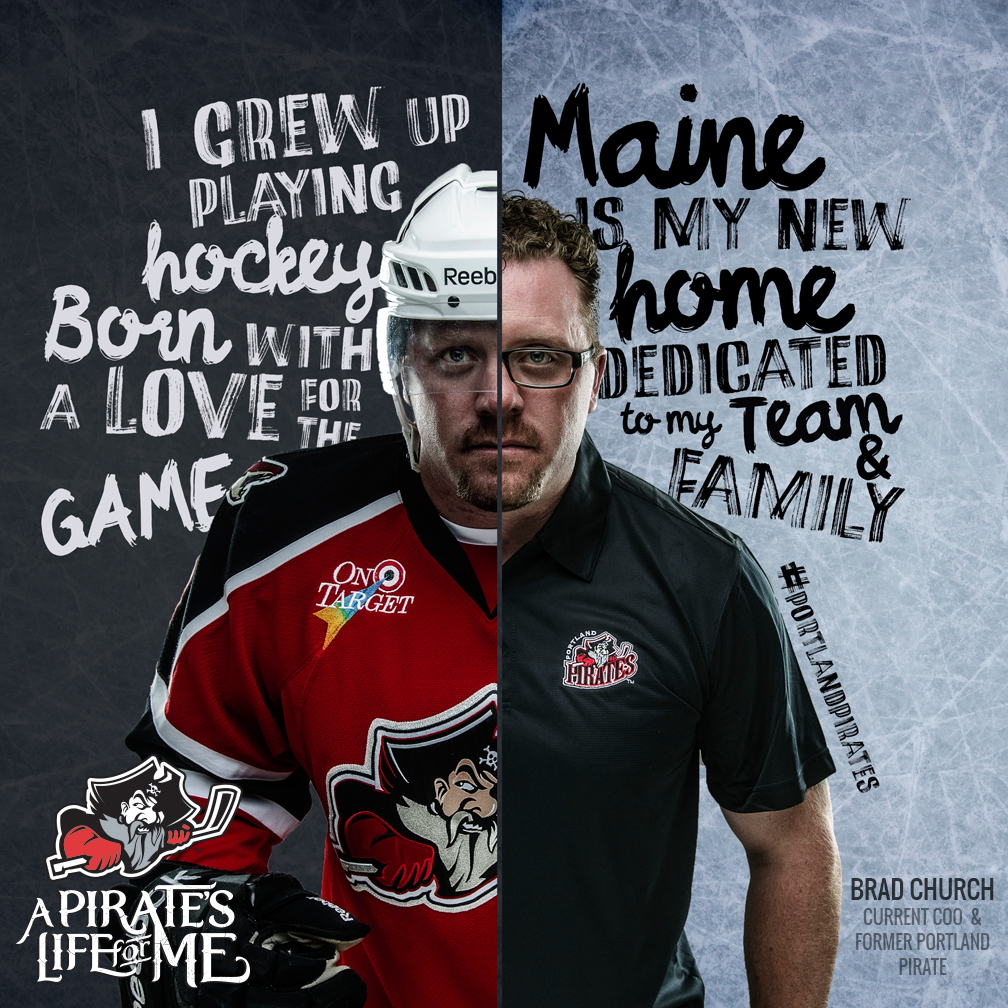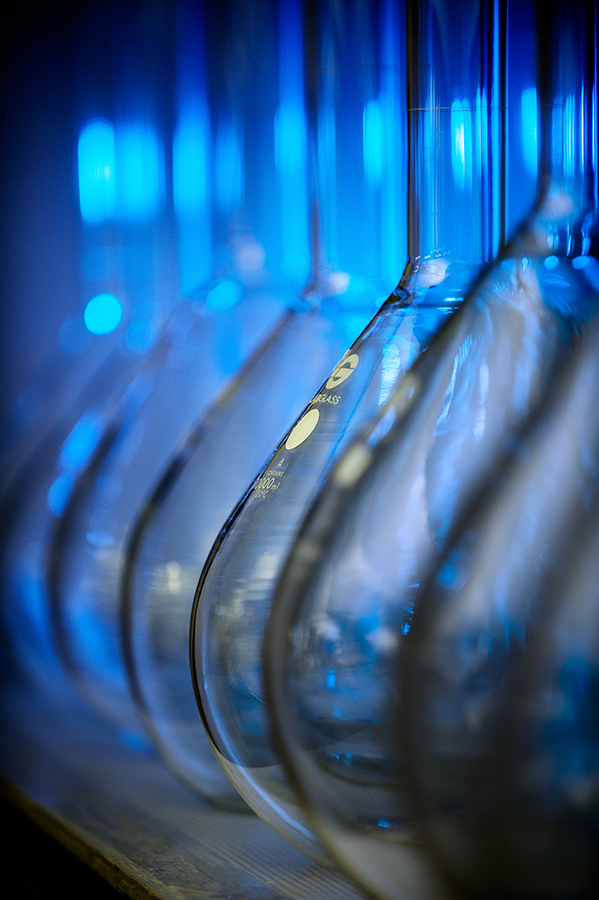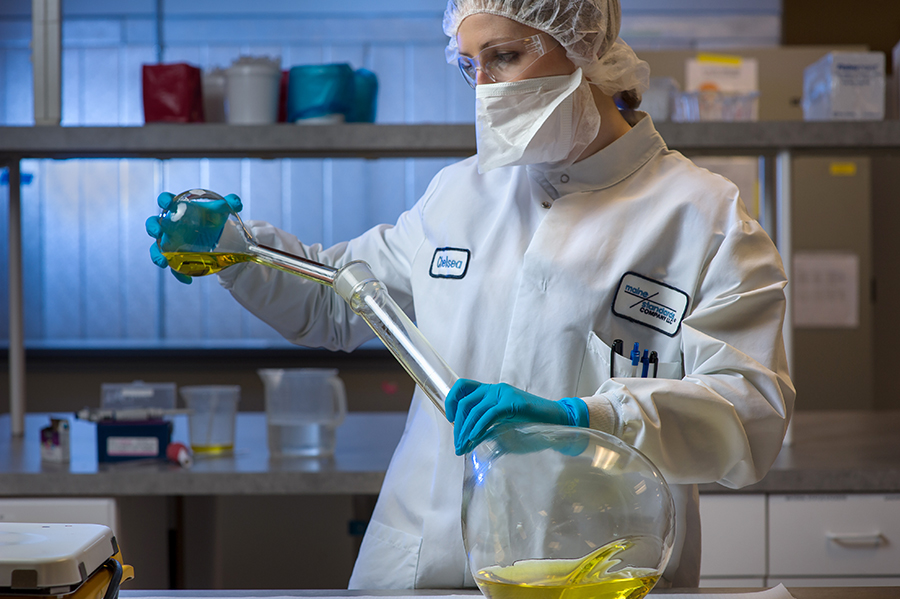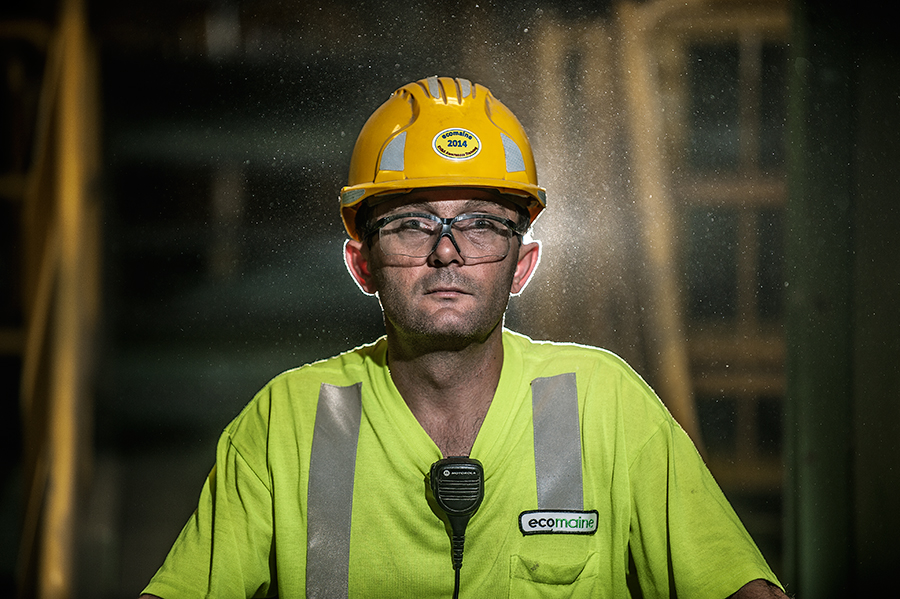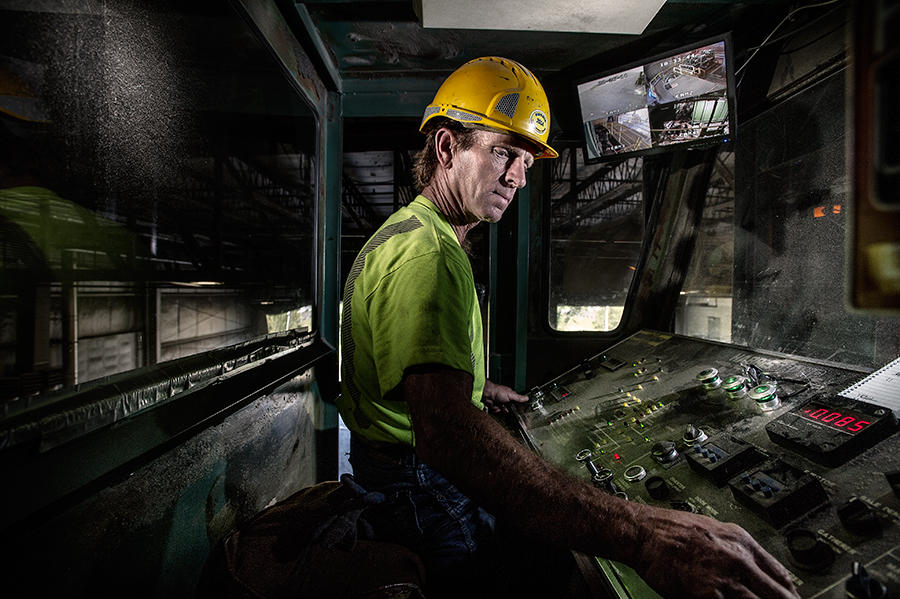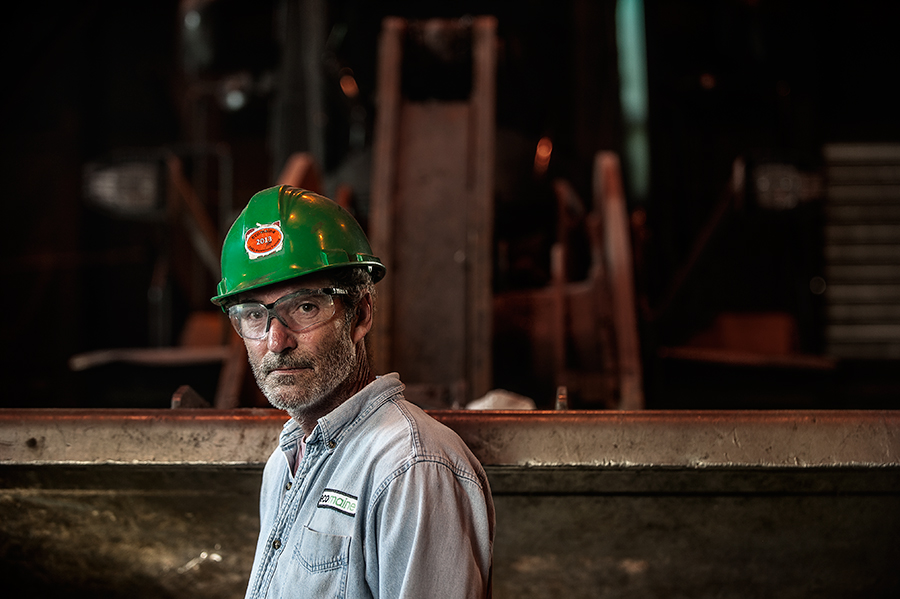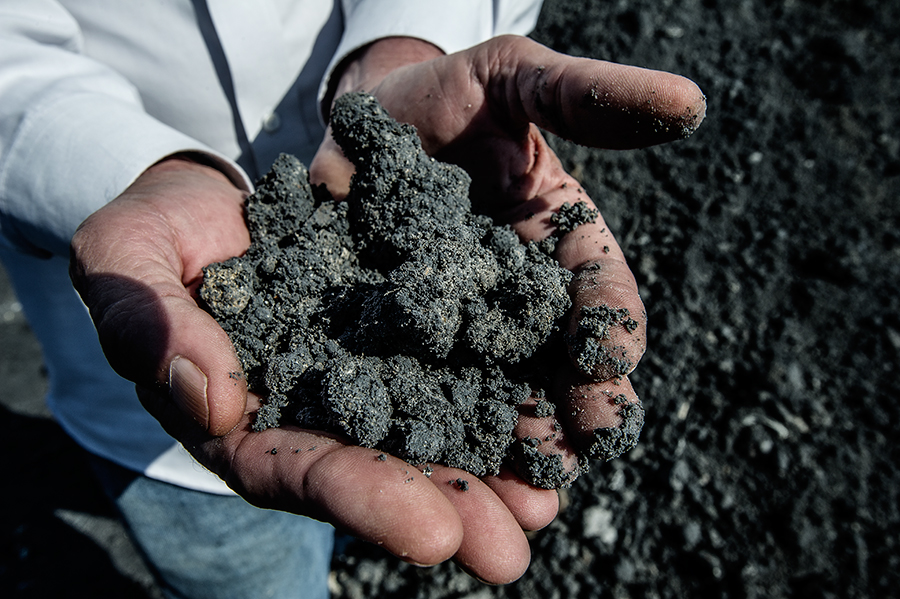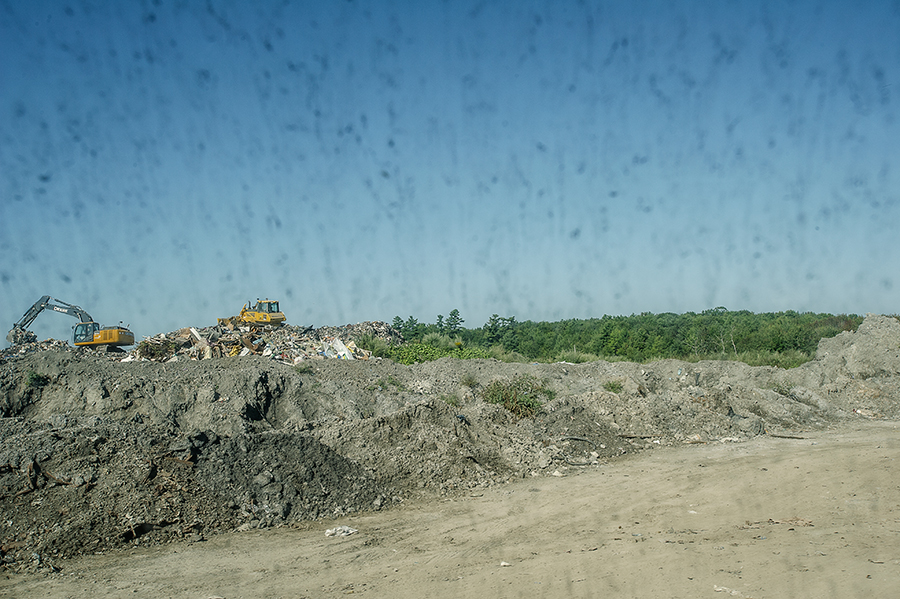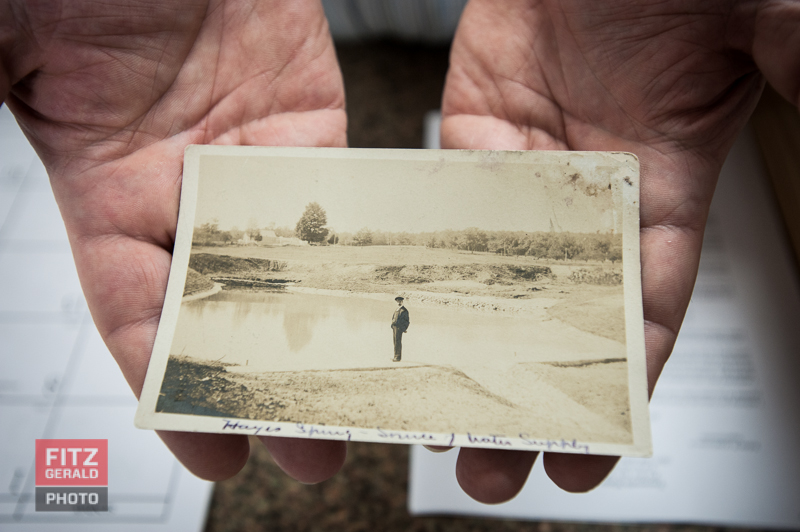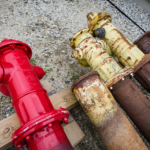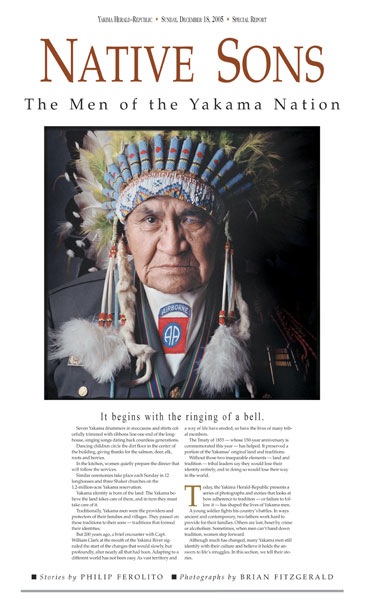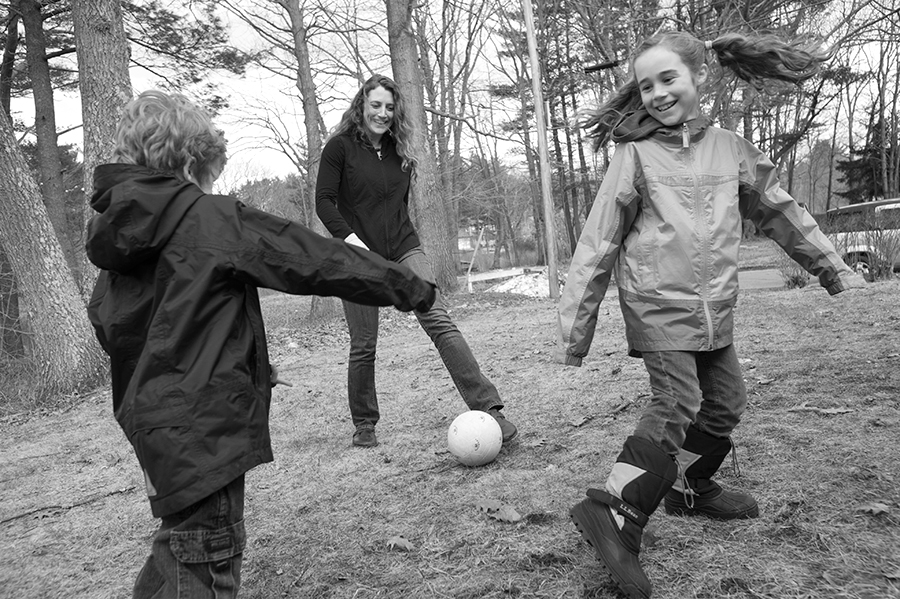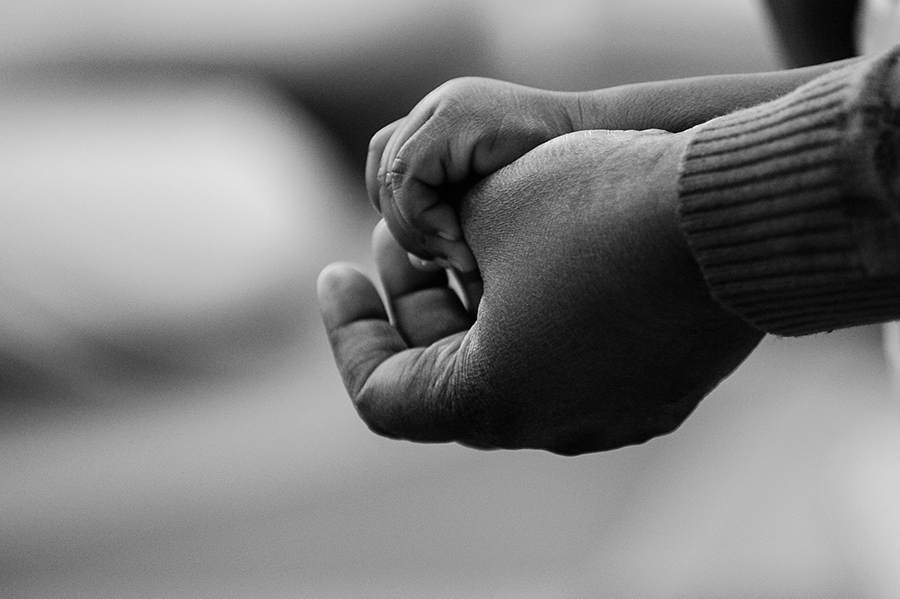As a photographer, I’m fascinated by juxtapositions and contrasts. I dig the unexpected (as a newspaper photographer I lived for moments like these and these). I like finding beauty where it’s least expected.
That’s the idea behind this photo shoot involving Portland Ballet Company dancer Kelsey Harrison. She’s the ‘beauty’ in this scenario.
The space? That’s the ‘unexpected’ part: a cavernous, dirty, dusty, rough space with unpainted walls, exposed subfloors and 15-foot ceilings. The kind of space that photographers dream of but also tend to be challenged by, too. Plenty of space for Kelsey to move around in and do her moves. Plenty of space to position lighting on all sides of her, creating an envelope of light. The goal was to use extremely fast flash duration—up to 1/13,500th of a second—to freeze Kelsey’s movements as she did her thing.
With enough portable batteries, lighting was the easy part. Too much and I’d kill the mood and drama of the place. Too little, and there goes the ‘beauty’. So I directed and shaped the light onto Kelsey and enough of the background to separate her from the environment.
Kelsey was a trouper. If you’ve ever walked around all day on a hard surface with no padding and no ‘give’, you feel it the next day. Kelsey spent an hour leaping and jumping, all in the name of art, and didn’t complain once. She made it look easy….but ‘easy’ it isn’t. A true pro and a joy to work with.
Finding beauty in unexpected places, indeed.
